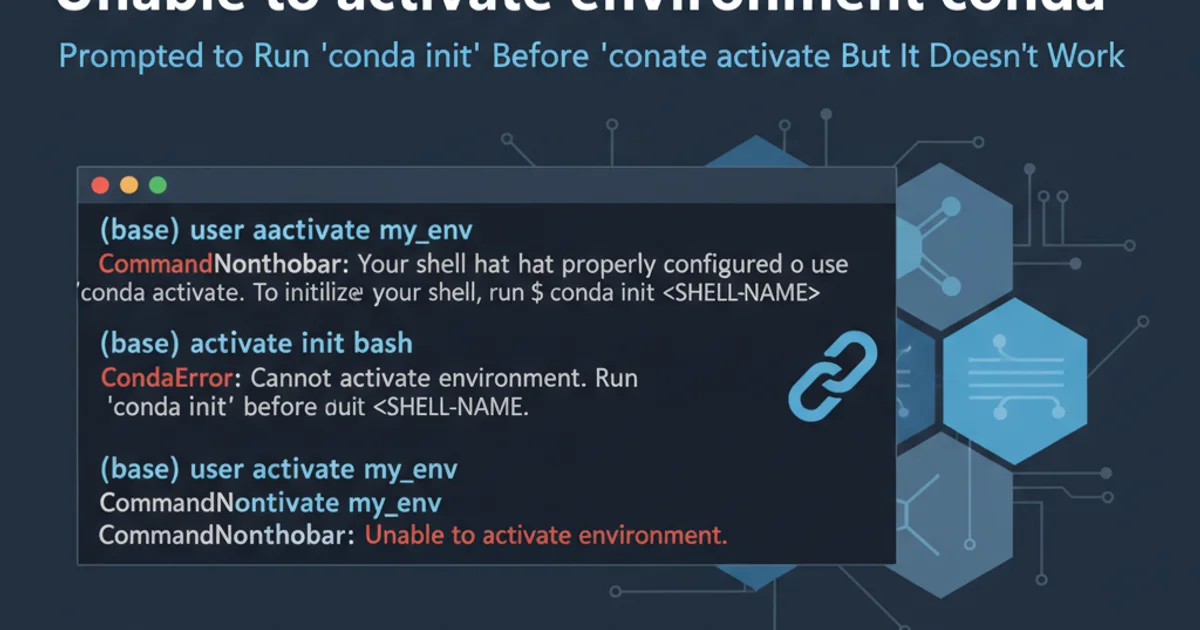LEN function not including trailing spaces in SQL Server
Categories:
Understanding SQL Server's LEN Function and Trailing Spaces

Explore why SQL Server's LEN function ignores trailing spaces and discover alternative methods for accurate string length measurement, including practical examples and use cases.
SQL Server's LEN() function is commonly used to determine the length of a string. However, a frequent point of confusion for developers is its behavior regarding trailing spaces. Unlike some other database systems or programming languages, LEN() in SQL Server is designed to exclude trailing spaces when calculating string length. This article delves into the reasons behind this behavior, demonstrates its implications, and provides alternative functions and techniques to accurately measure string length, including trailing spaces, when needed.
The Behavior of LEN() with Trailing Spaces
The LEN() function in SQL Server is defined to return the number of characters of the specified string expression, excluding any trailing blanks. This design choice is rooted in SQL Server's handling of VARCHAR and NVARCHAR data types, where trailing spaces are often considered insignificant for comparison and storage purposes. While this can be convenient for certain operations, it can lead to unexpected results if you're accustomed to functions that count all characters, including trailing spaces.
SELECT
LEN('Hello World') AS NoTrailingSpaces,
LEN('Hello World ') AS WithTrailingSpaces,
LEN('') AS EmptyString,
LEN(NULL) AS NullValue;
Demonstrating LEN() behavior with and without trailing spaces.
As you can see from the example, LEN('Hello World ') returns 11, not 14. This is because the three trailing spaces are ignored. For an empty string, LEN('') returns 0. For a NULL value, LEN(NULL) returns NULL.
VARCHAR and NVARCHAR data types. However, for CHAR and NCHAR data types, which are fixed-length and always padded with spaces to their defined length, LEN() will still ignore these trailing spaces. The actual stored length of a CHAR column will always be its defined length, regardless of LEN()'s output.Why Does SQL Server's LEN() Behave This Way?
The design decision to ignore trailing spaces in LEN() is often linked to SQL Server's default comparison semantics. By default, when comparing strings, SQL Server ignores trailing spaces. For example, 'abc' is considered equal to 'abc '. This behavior simplifies many common string operations and comparisons, preventing issues where minor differences in trailing spaces might cause unexpected non-matches. The LEN() function aligns with this philosophy, focusing on the 'meaningful' length of the string rather than its physical storage length, especially for variable-length types.
flowchart TD
A[Input String] --> B{"Contains Trailing Spaces?"}
B -- Yes --> C[Remove Trailing Spaces]
B -- No --> D[Count Characters]
C --> D
D --> E[Return Length]
E --> F["LEN() Function Output"]
style A fill:#f9f,stroke:#333,stroke-width:2px
style F fill:#bbf,stroke:#333,stroke-width:2pxConceptual flow of SQL Server's LEN() function.
Alternatives for Including Trailing Spaces
When you need to include trailing spaces in your length calculation, SQL Server provides other functions or combinations of functions that can achieve this. The most common and reliable method is to use DATALENGTH().
Using DATALENGTH()
DATALENGTH() returns the number of bytes used to represent an expression. For VARCHAR (non-Unicode) strings, this will typically be the same as the number of characters, including trailing spaces. For NVARCHAR (Unicode) strings, each character typically occupies 2 bytes, so DATALENGTH() will return twice the number of characters (including trailing spaces).
SELECT
'Hello World' AS OriginalString,
LEN('Hello World') AS LEN_Result,
DATALENGTH('Hello World') AS DATALENGTH_Result_VARCHAR,
LEN(N'Hello World') AS LEN_Result_NVARCHAR,
DATALENGTH(N'Hello World') AS DATALENGTH_Result_NVARCHAR;
SELECT
'Hello World ' AS OriginalStringWithSpaces,
LEN('Hello World ') AS LEN_Result_WithSpaces,
DATALENGTH('Hello World ') AS DATALENGTH_Result_WithSpaces_VARCHAR,
LEN(N'Hello World ') AS LEN_Result_WithSpaces_NVARCHAR,
DATALENGTH(N'Hello World ') AS DATALENGTH_Result_WithSpaces_NVARCHAR;
Comparing LEN() and DATALENGTH() for VARCHAR and NVARCHAR.
From the results, you'll observe that DATALENGTH() correctly accounts for the trailing spaces. For VARCHAR, DATALENGTH() returns 14 for 'Hello World ', matching the character count. For NVARCHAR, it returns 28 (14 characters * 2 bytes/character).
Using a combination of REPLACE and LEN (less efficient)
While DATALENGTH() is the preferred method, another approach, though less efficient and potentially problematic with embedded spaces, involves replacing a known character (like a space) with a placeholder and then using LEN(). This is generally not recommended for trailing spaces specifically, but it's worth understanding the concept.
-- This method is generally NOT recommended for trailing spaces
-- as it can be misleading if spaces are part of the meaningful content.
SELECT
'Hello World ' AS OriginalString,
LEN(REPLACE('Hello World ', ' ', '#')) AS LEN_AfterReplace; -- This will count all spaces as #
An example of using REPLACE, which is not ideal for trailing spaces.
REPLACE to count spaces. If the spaces are part of the meaningful content of the string (e.g., 'New York'), replacing them will alter the string and lead to an incorrect 'true' length. DATALENGTH() is almost always the better choice for including trailing spaces.Practical Implications and Best Practices
Understanding the behavior of LEN() is crucial for writing robust SQL queries and procedures. Here are some practical implications and best practices:
1. Choose the Right Function for the Job
If you need the logical length of a string (excluding trailing spaces), use LEN(). If you need the physical length (including all characters and trailing spaces) or the byte length, use DATALENGTH().
2. Be Mindful of Data Types
Remember that DATALENGTH() returns bytes. For NVARCHAR strings, divide the DATALENGTH() result by 2 to get the character count including trailing spaces.
3. Standardize String Handling
If trailing spaces are significant in your application logic, ensure they are consistently handled at data entry or during processing. Consider using TRIM() (SQL Server 2017+) or RTRIM() if trailing spaces are not desired and you want to normalize your data before storage or comparison.
4. Test Your Assumptions
Always test your string length calculations with various inputs, including strings with leading/trailing spaces, embedded spaces, empty strings, and NULL values, to ensure your queries behave as expected.